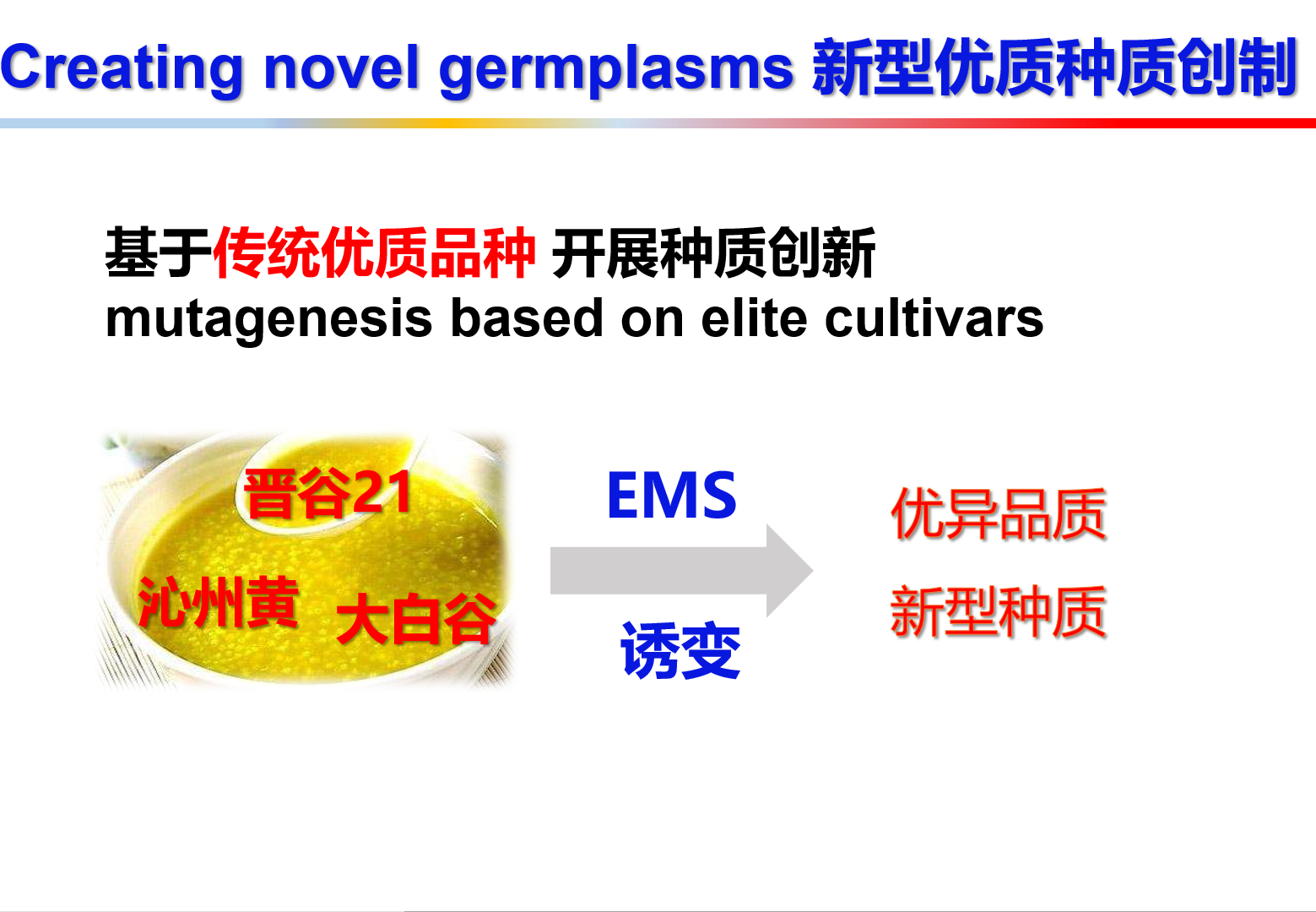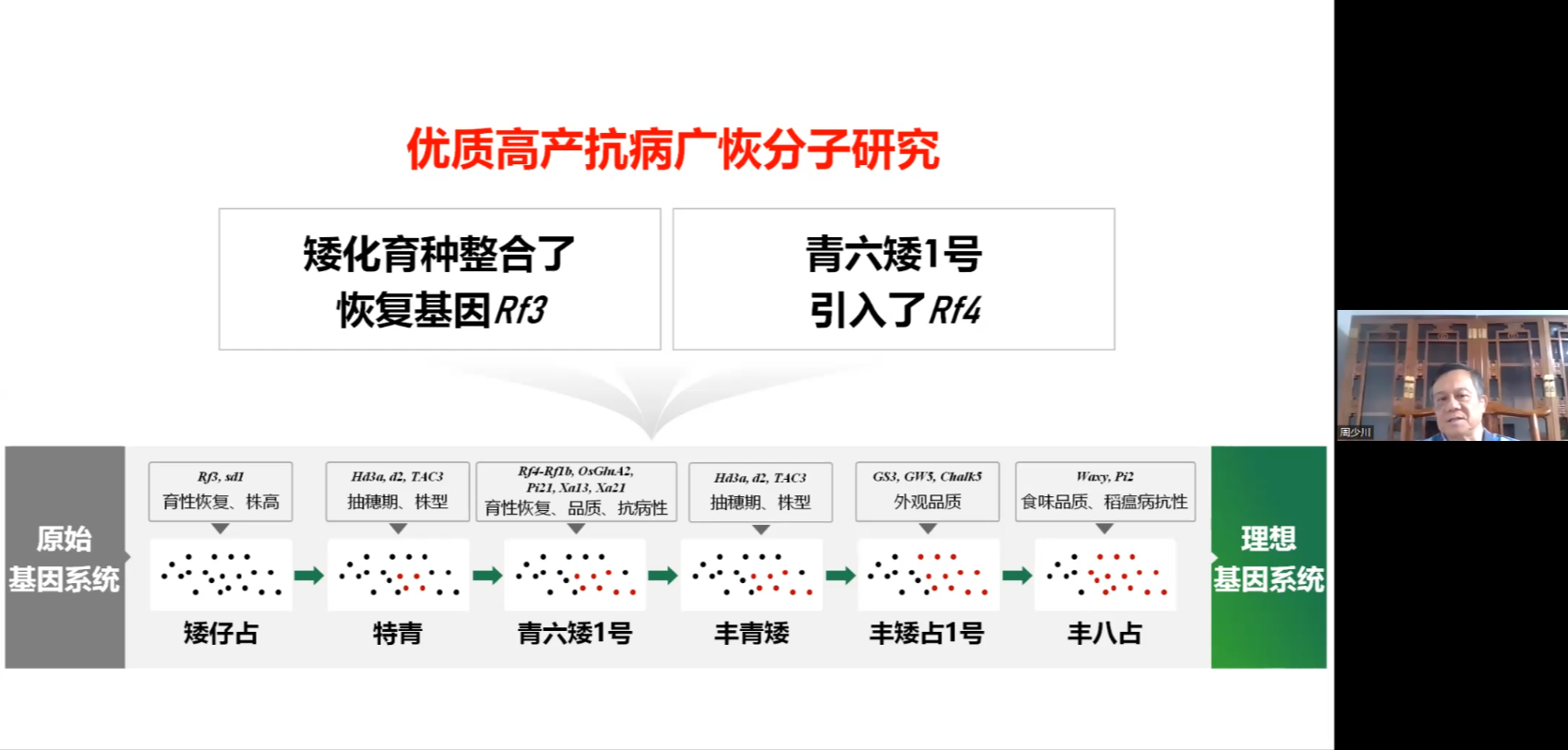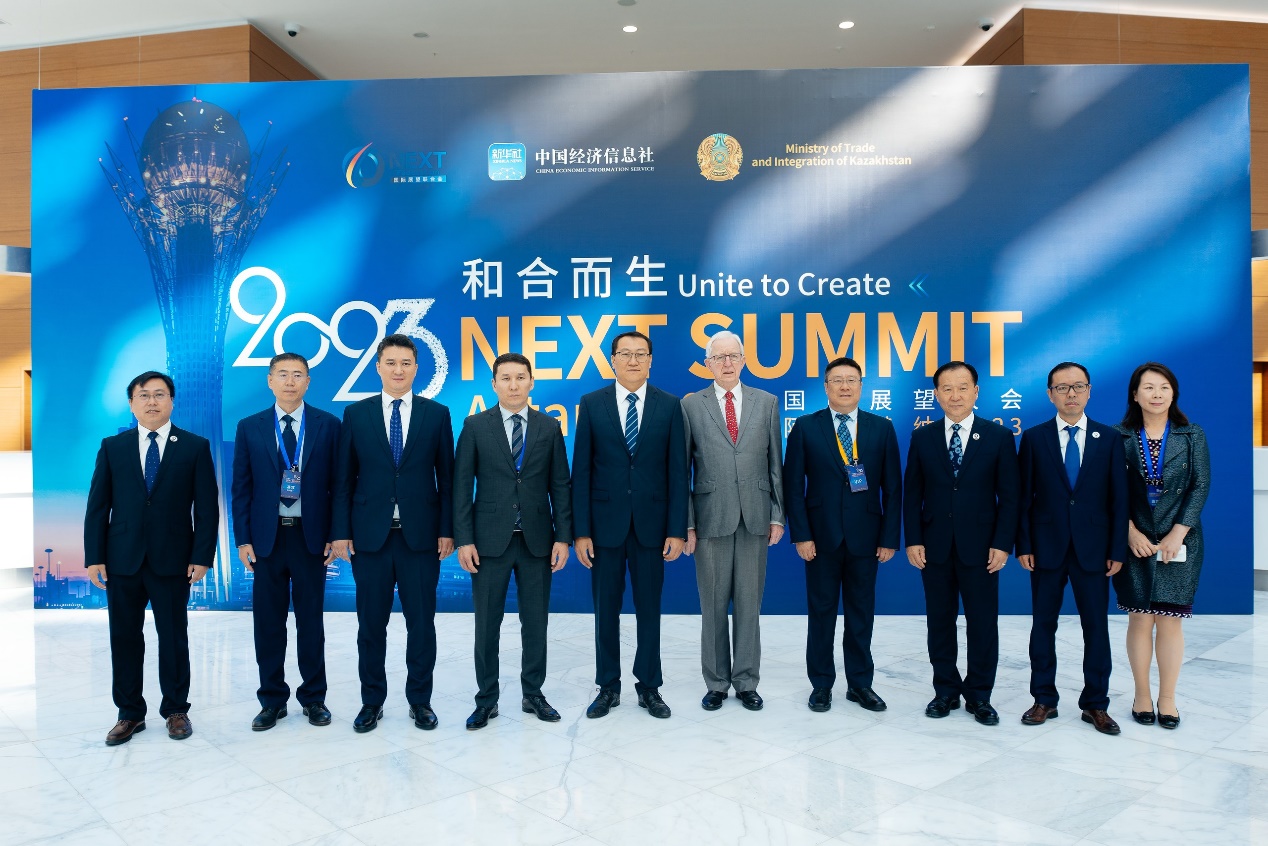NEXT Summit (Astana 2023): Exploring Future Trends in Food Security and Agricultural Modernization
The Food and Agriculture Organization of the United Nations (FAO), in its 2023 Global Report on Food Crises (GRFC), highlighted that in 2022 the global food crisis and severe food insecurity were further exacerbated by economic shocks, conflict and insecurity, climate change, and extreme weather events. This has underscored the urgency and importance of transforming global food crisis response mechanisms and strengthening international cooperation.
Kazakhstan, endowed with abundant agricultural resources, possesses unique advantages in food production. Vast arable lands, ample water resources, and favorable natural conditions provide a strong foundation for agriculture. At the same time, Kazakhstan benefits from low production costs, convenient transportation and logistics, strong government policy support, high-quality agricultural products, and close Eurasian regional cooperation.
As challenges to global food security and agricultural modernization continue to grow, collective global efforts and shared responsibility are required. This year’s summit focused on promoting technological advancement and achieving sustainable agricultural modernization. On August 22, at the “Food Security and Agricultural Modernization” sub-forum of the NEXT Summit (Astana 2023), experts including Dr. Delima Azahari Darmawan, former Assistant Minister (Vice Minister level) of Agriculture of Indonesia, Professor Han Yuanhuai, doctoral supervisor at Shanxi Agricultural University and Director of the Agricultural Bioengineering Research Institute, and Professor Zhou Shaochuan, leading scholar in rice genetics and breeding at the Guangdong Academy of Agricultural Sciences, shared insights on future trends in food security and agricultural modernization. The session was chaired by Dr. Yuan Guobao, Vice Chairman of the NEXT Federation and a State Council special allowance expert.
Sorghum’s Diverse Value in Food, Feed, and Fuel
Dr. Delima Azahari Darmawan emphasized the crucial role of sorghum cultivation in tackling the global food crisis. She cited Indonesian President Joko Widodo’s June 21 speech at the Democratic Party’s National Working Meeting, encouraging nationwide sorghum planting to ease current global food shortages. She stressed that this is a worldwide challenge, and collective action is required to safeguard food security.
She noted that sorghum originated in East Africa, including Abyssinia and Ethiopia, and has been cultivated in Indonesia since the 4th century. Yet, Indonesia is not listed among FAO’s major sorghum-producing countries. Dr. Darmawan highlighted sorghum’s ecological traits and agronomic advantages, pointing out its remarkable adaptability to arid soils and potential as an alternative to wheat and maize. She underscored that sorghum cultivation is vital for Indonesia’s self-sufficiency and food security.
Breakthroughs in Millet Breeding Research
Professor Han Yuanhuai showcased his team’s achievements in millet breeding. Through germplasm innovation and gene mutagenesis, they developed novel millet germplasm resources and identified key genes that provide a foundation for molecular breeding. In addition to millet’s role as an important minor crop, his team has expanded research into related areas to support agricultural development.
Millet, a key crop for organic dryland farming, is highly drought-resistant, tolerant of poor soils, and adaptable. Professor Han elaborated on millet’s nutritional benefits, including its anti-inflammatory properties and richness in nutrients. Using metabolomic analysis, his team has studied carotenoids, flavonoids, and other compounds in millet, providing scientific evidence of its nutritional and functional value.
He also presented research on millet resistance to diseases such as head smut, as well as efforts to breed high-quality varieties. Molecular studies and metabolomics have revealed key genes that play roles in disease resistance and quality improvement, offering new directions and methods for millet breeding.

Unlocking the Potential of China’s High-Quality Rice
At the August 22 session, Professor Zhou Shaochuan delivered a keynote on “China’s High-Quality Rice”, presenting both the remarkable achievements and future prospects of rice breeding in China.

He began by highlighting the urgent need for food security and stable agricultural supply. Quoting President Xi Jinping’s call to boost grain production, he underscored the strategic importance of seeds, describing them as the critical breakthrough point for building an agricultural powerhouse.
Professor Zhou elaborated on the innovative concept of “core germplasm breeding in rice,” combining modern technologies with traditional methods to breed superior new varieties. He highlighted breakthroughs such as innovations based on whole-genome SNP analysis platforms and the widespread adoption of cultivars like Huanghuazhan.
He detailed China’s success in developing 88 new high-quality rice varieties and more than 200 cooperative hybrid rice combinations. Looking forward, he emphasized the vision of the “China High-Quality Rice Project” to use rice as a medium for promoting holistic health, drive integration of research and industry, and advance agricultural modernization alongside the health industry.

Co-hosted by the NEXT Federation, China Economic Information Service (Xinhua News Agency), and the Ministry of Trade and Integration of Kazakhstan, the 7th NEXT Summit (Astana 2023) was held under the theme “Unite to Create.” The summit aims to strengthen global confidence in innovation, cooperation, and sustainable development, and to identify strategic opportunities and international project partnerships.
By providing a high-level international platform that brings together talent, knowledge, technology, and capital, the Summit facilitates the expansion of global cooperation networks and enhances the value and impact of public-private international collaboration.
The NEXT Summit has become a well-recognized brand in global dialogue and partnership. Following the GMABC model—integrating resources from Government, Media, Academia, Business, and Community—the Summit serves as a vital bridge for practical cooperation in policy dialogue, project promotion, technology exchange, talent engagement, and international communication.
For more information, please visit the official website: www.nextsummit.org

